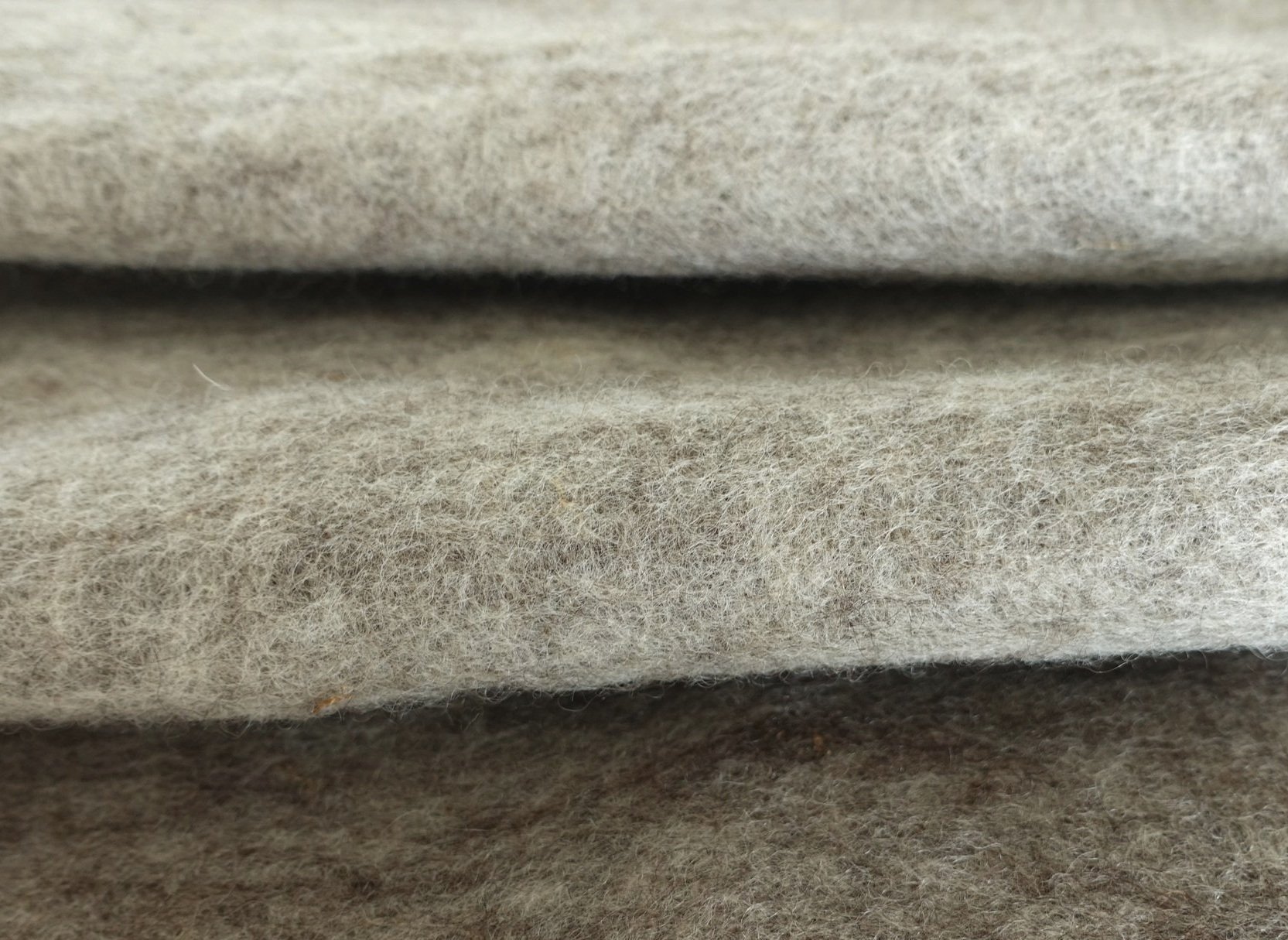
Why Wool?
Every Lof product embodies our dedication to the world’s highest performing natural fibre. We believe wool is a magical product for the built environment — a perfect functional and aesthetic choice for healthier interiors. Wool creates cosy and welcoming interiors by softening hard architectural surfaces. With its acoustic dampening and air-purifying properties, Wool is a high-performance material for creating healthier and calmer interior environments. Wool's environmental properties also align seamlessly with the principles of the circular product lifecycle, making it an ideal choice for more sustainable design.
Acoustic Dampening.
For calming spaces.
Wool is quieter. It is an excellent sound absorber, reducing up to 55% of ambient noise, for a more relaxing environment. The complex chemical structure of the fibre enables it to absorb sounds over a wide range of frequencies.
Air filtering.
For healthier indoor air.
A bit like a houseplant, wool works as a filter for indoor air. It is a passive air filter, purifying the air of major pollutants like formaldehyde, sulphur dioxide, and nitrogen oxides and significantly improving air quality: 94–96% of common indoor air pollutants are removed over 6 hours based on research done by AgResearch in New Zealand.
Fireproof.
For safety and protection.
Wool resists heat and flames. Due to the crimp of the fibres, wool fibres form millions of tiny air pockets that trap the air and slow the transfer of heat. Wool is naturally non-flammable due to the high nitrogen, keratin, and moisture content. It only burns in temperatures above 560°C.
Renewable.
For a healthier planet.
Wool is one of the only natural fibres that are renewable. It is a sustainable material, replenishing itself generation after generation. Sheep are shorn twice a year – typically around February and August in the lower North Island region of New Zealand – and then the sheep proceed to grow a new fleece to protect them the following winter. This gift from the sheep requires only sunlight, water, and grass as inputs.
Biodegradable.
For healthier soils.
The concept of waste doesn’t exist in nature: nature has perfected the art of the closed loop. Wool is completely biodegradable and compostable. It is grown from the nutrients in the soil and returns to soil at the end of its life, nourishing the earth with valuable nutrients.
Durable.
For a product that lasts longer.
Wool is incredibly hardwearing, and ages gracefully. A well-cared-for wool product can last a lifetime. It can withstand a high degree of wear and tear due to its excellent abrasion resistance and high elasticity, bending 20,000 times before it breaks (7 times that of cotton).







